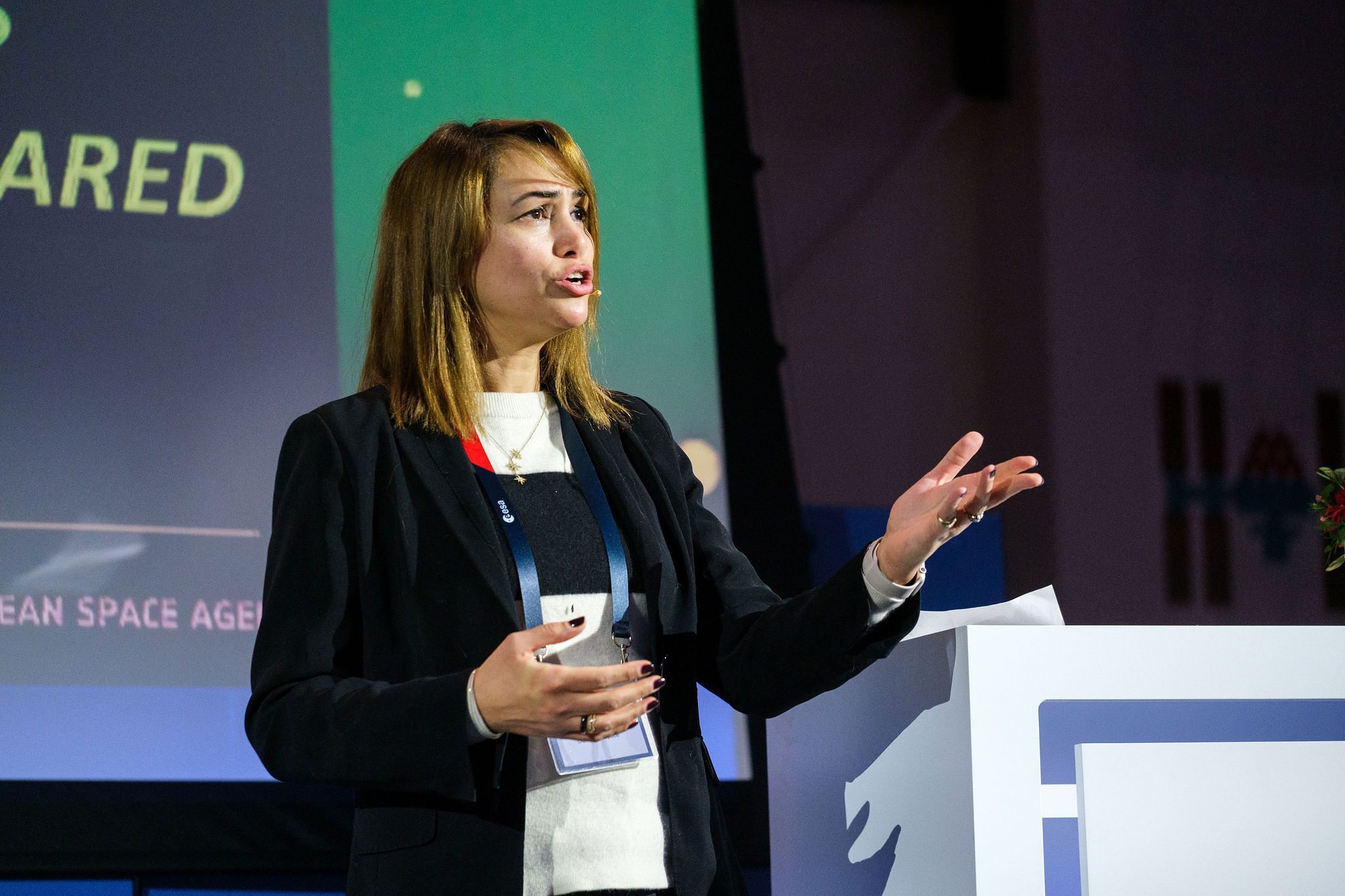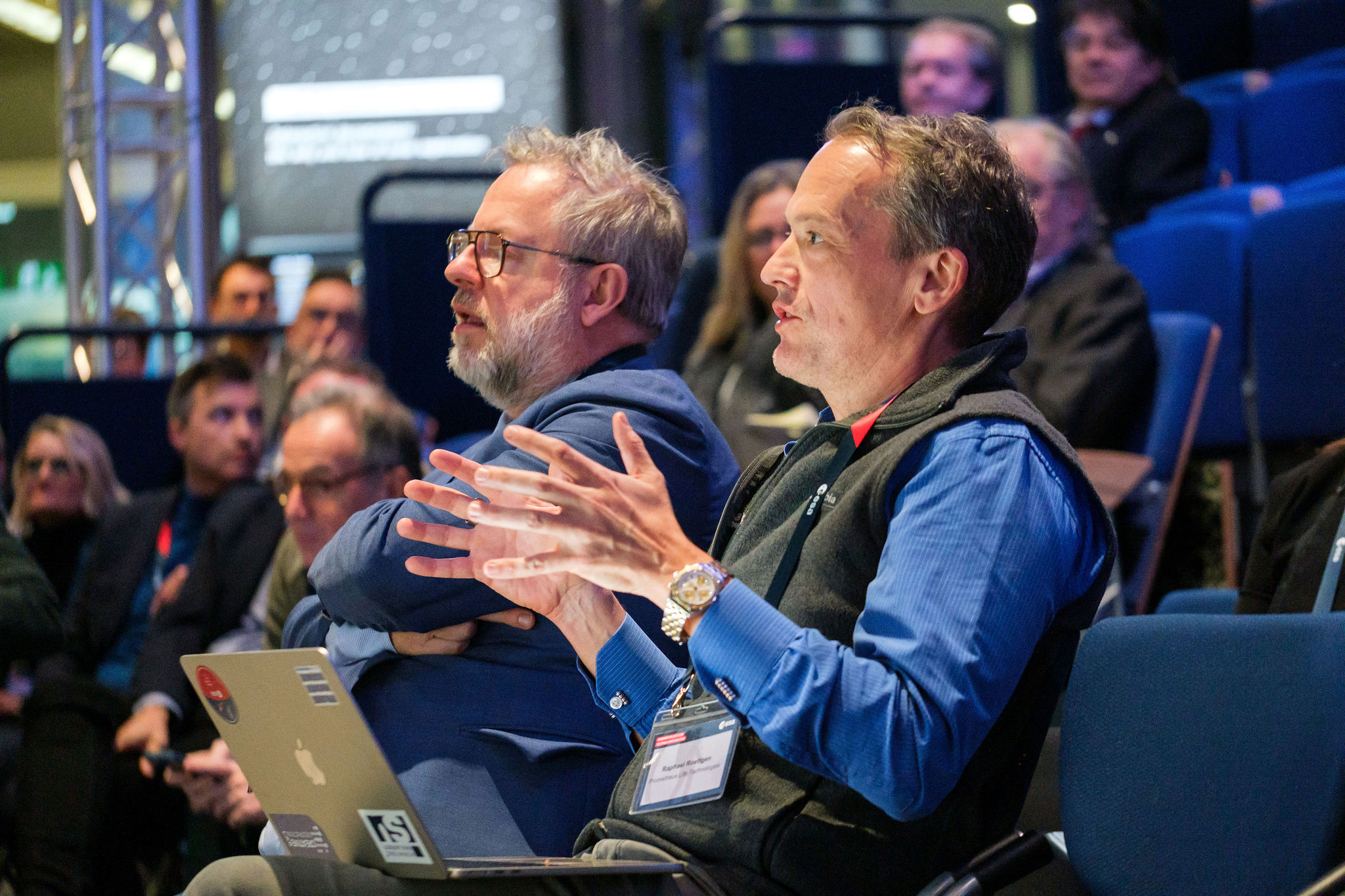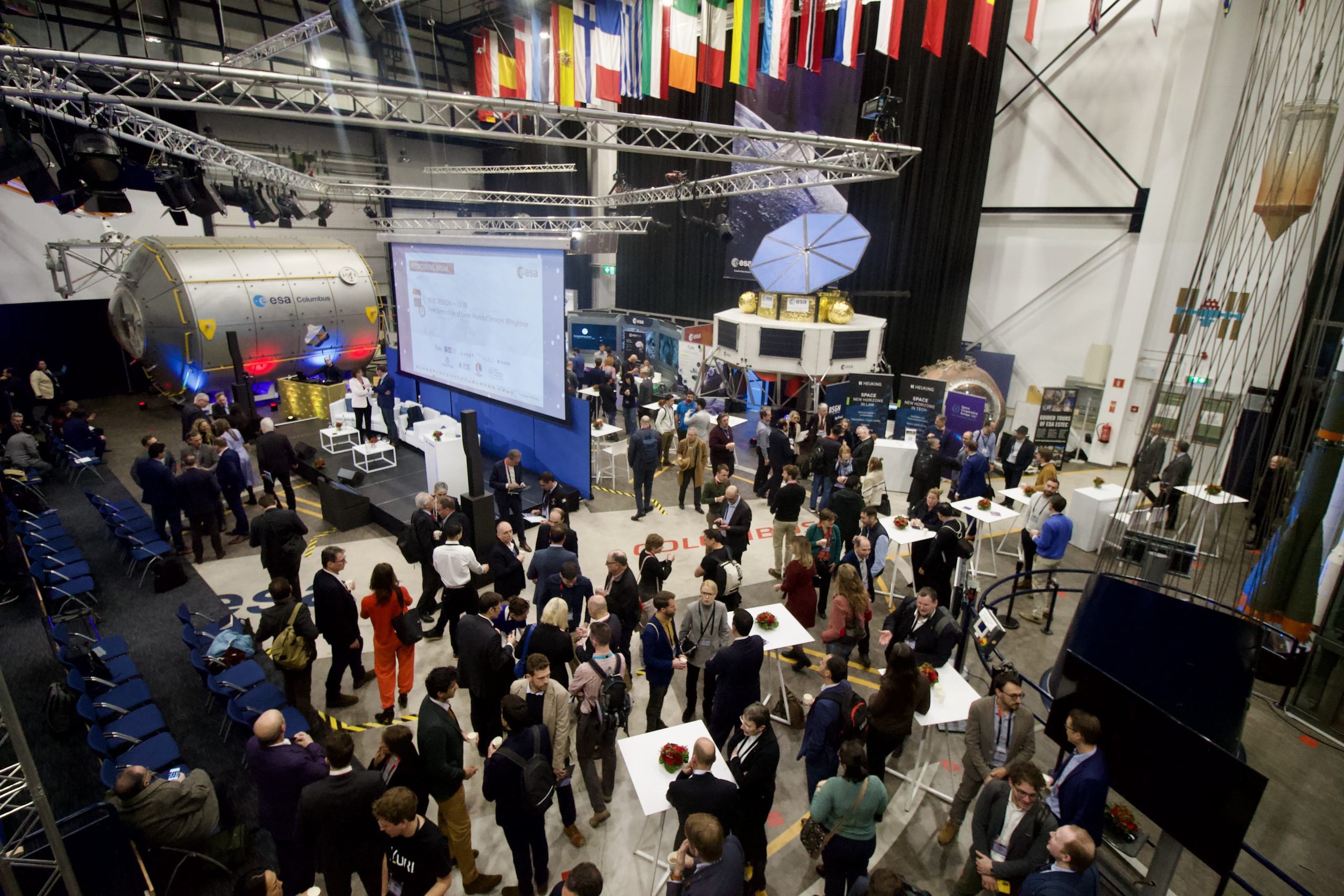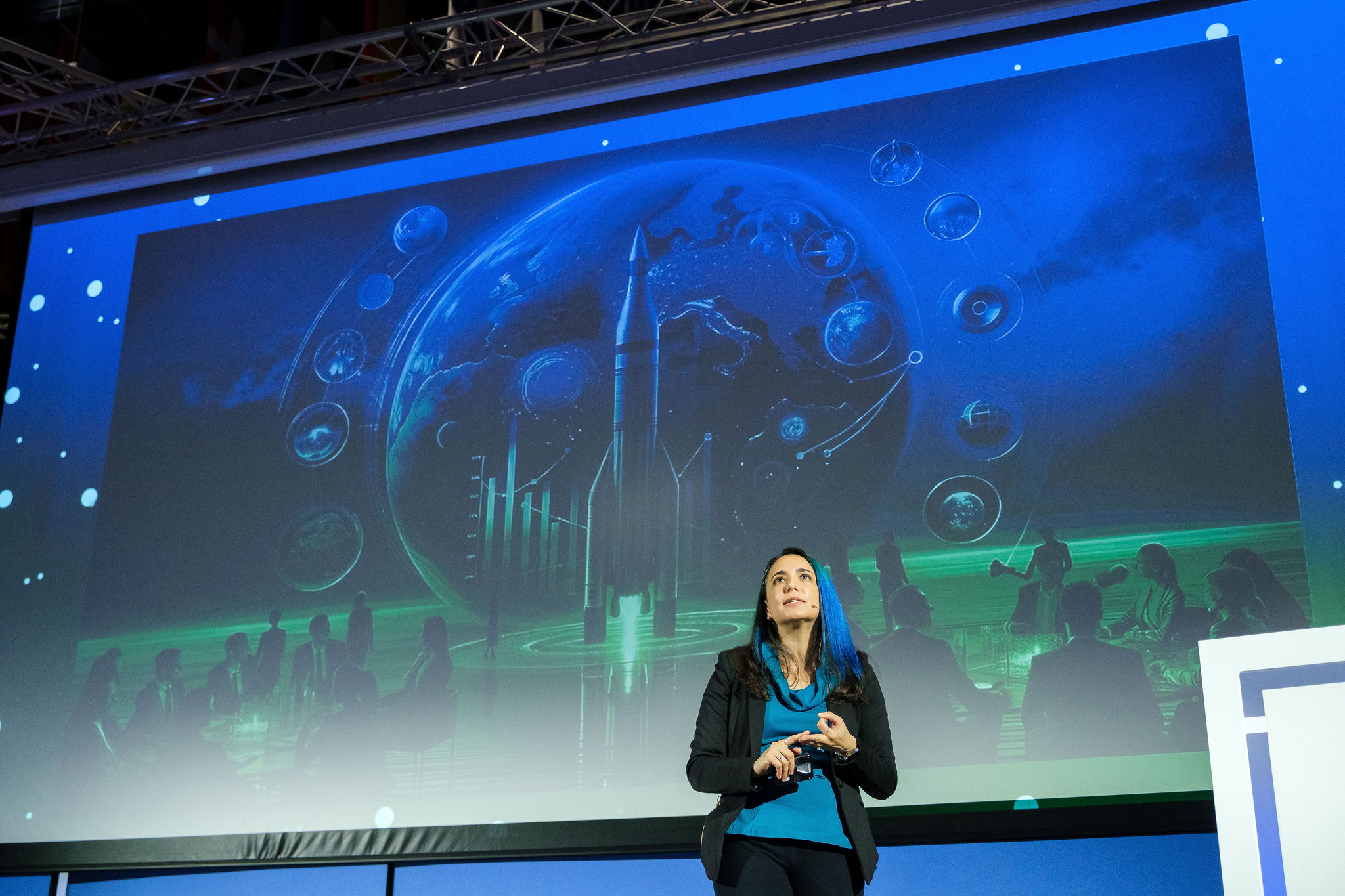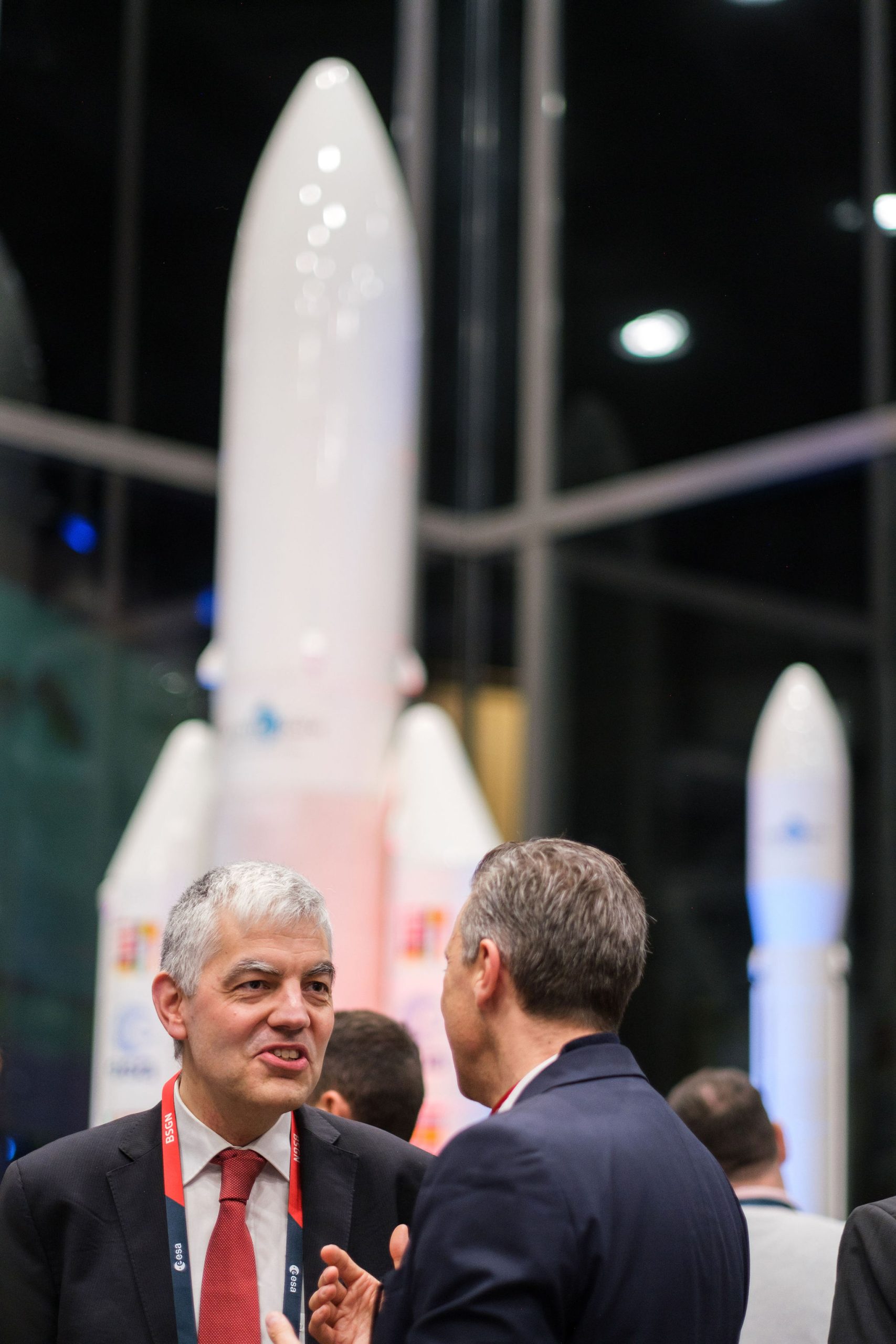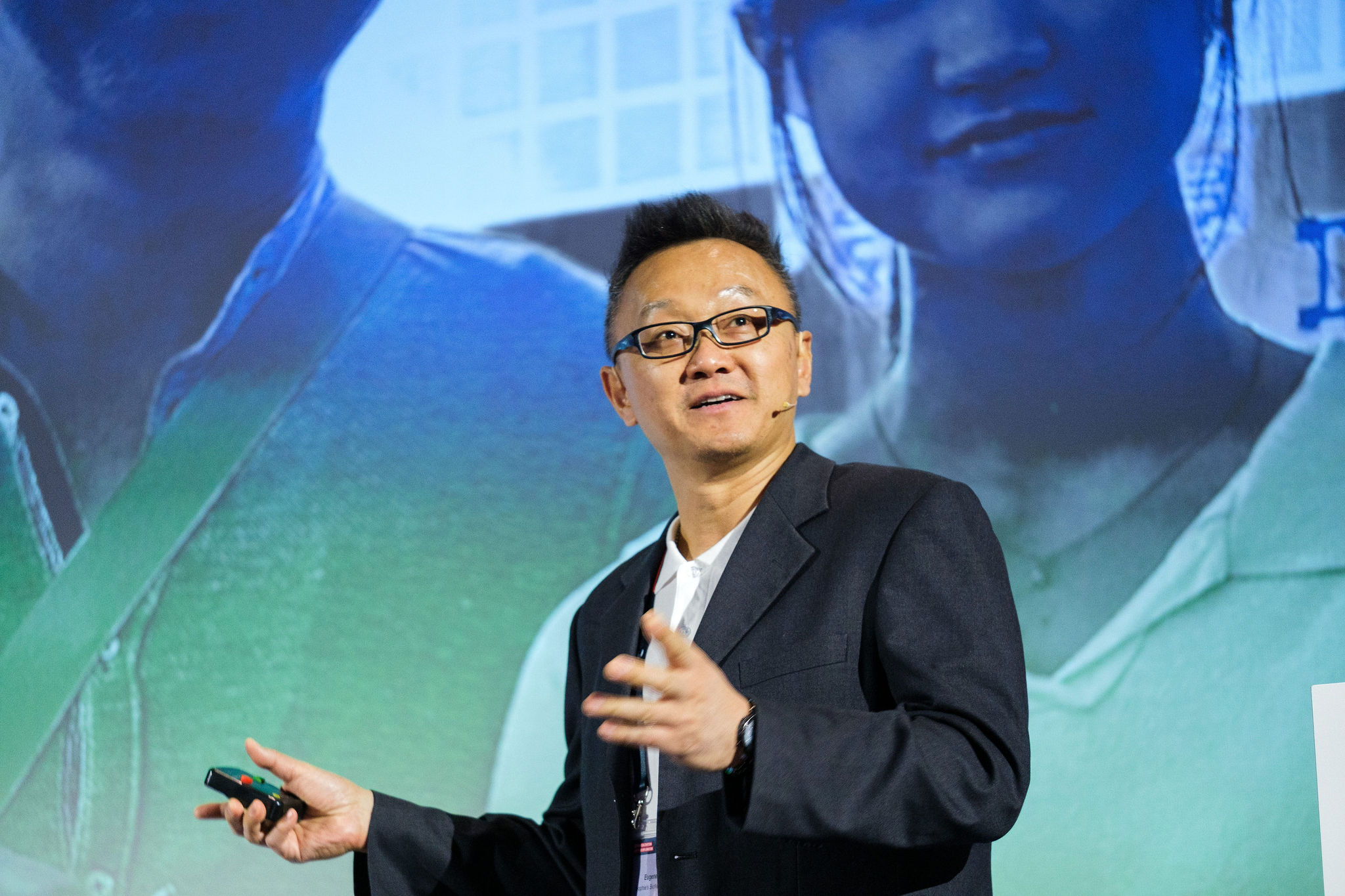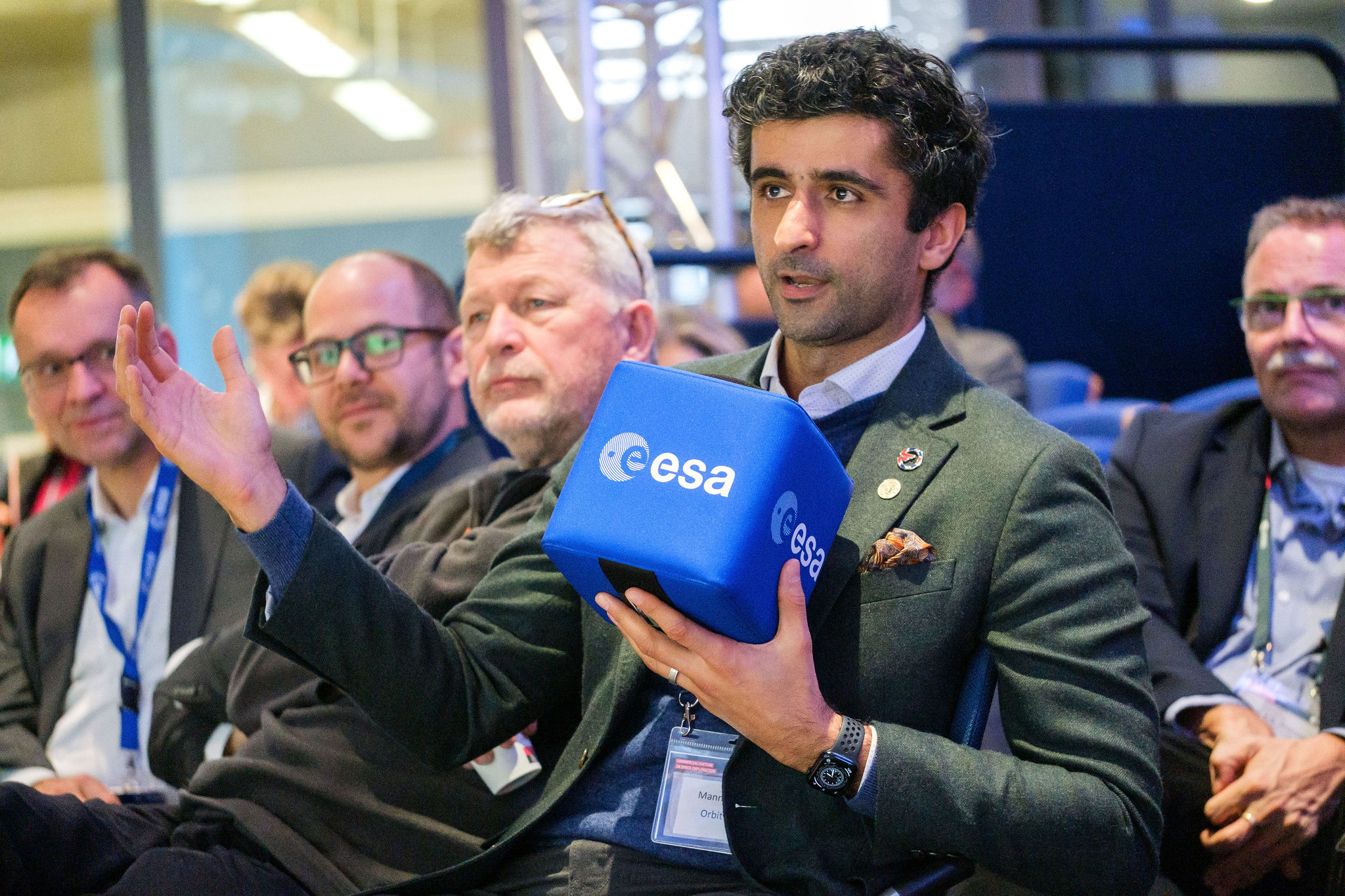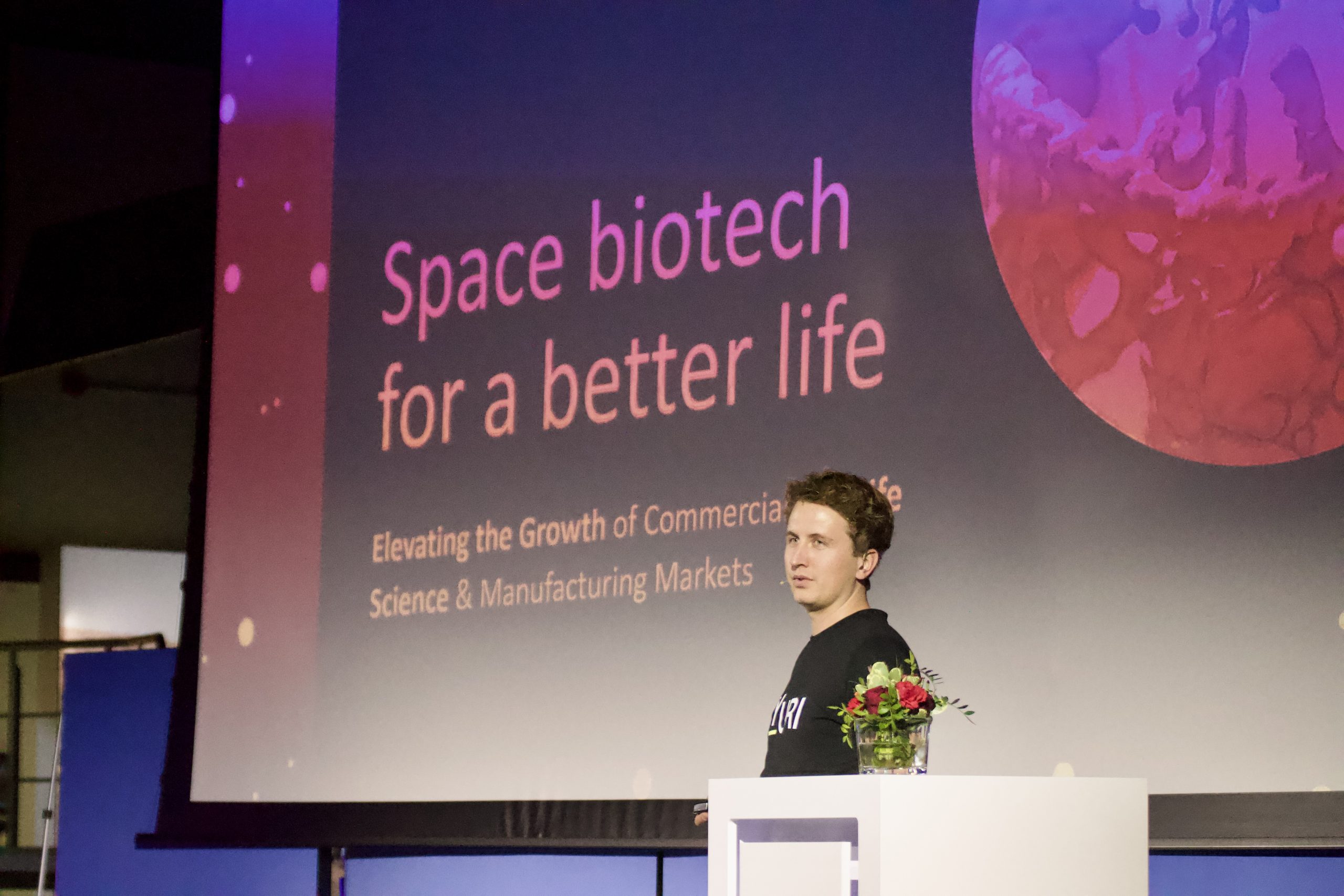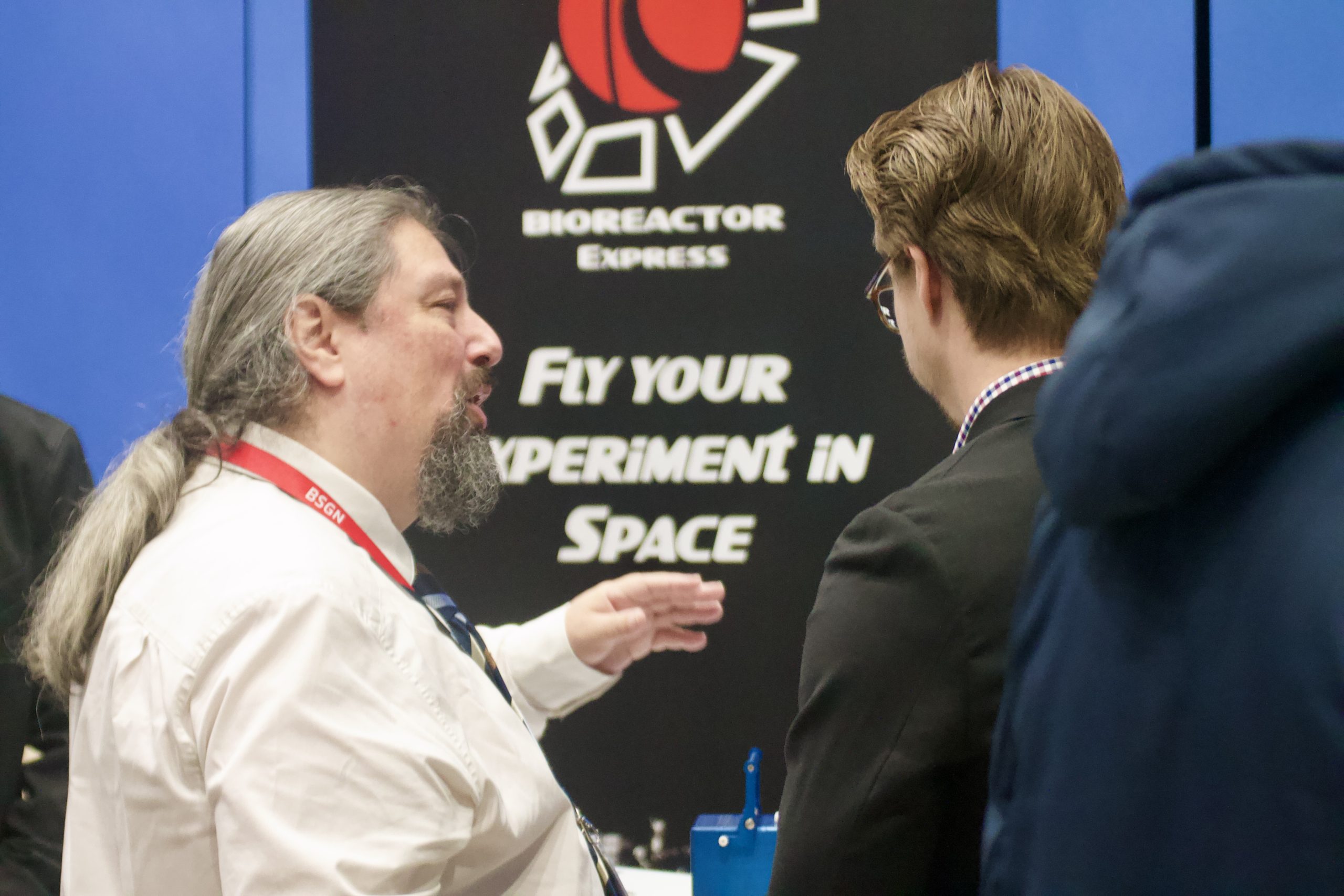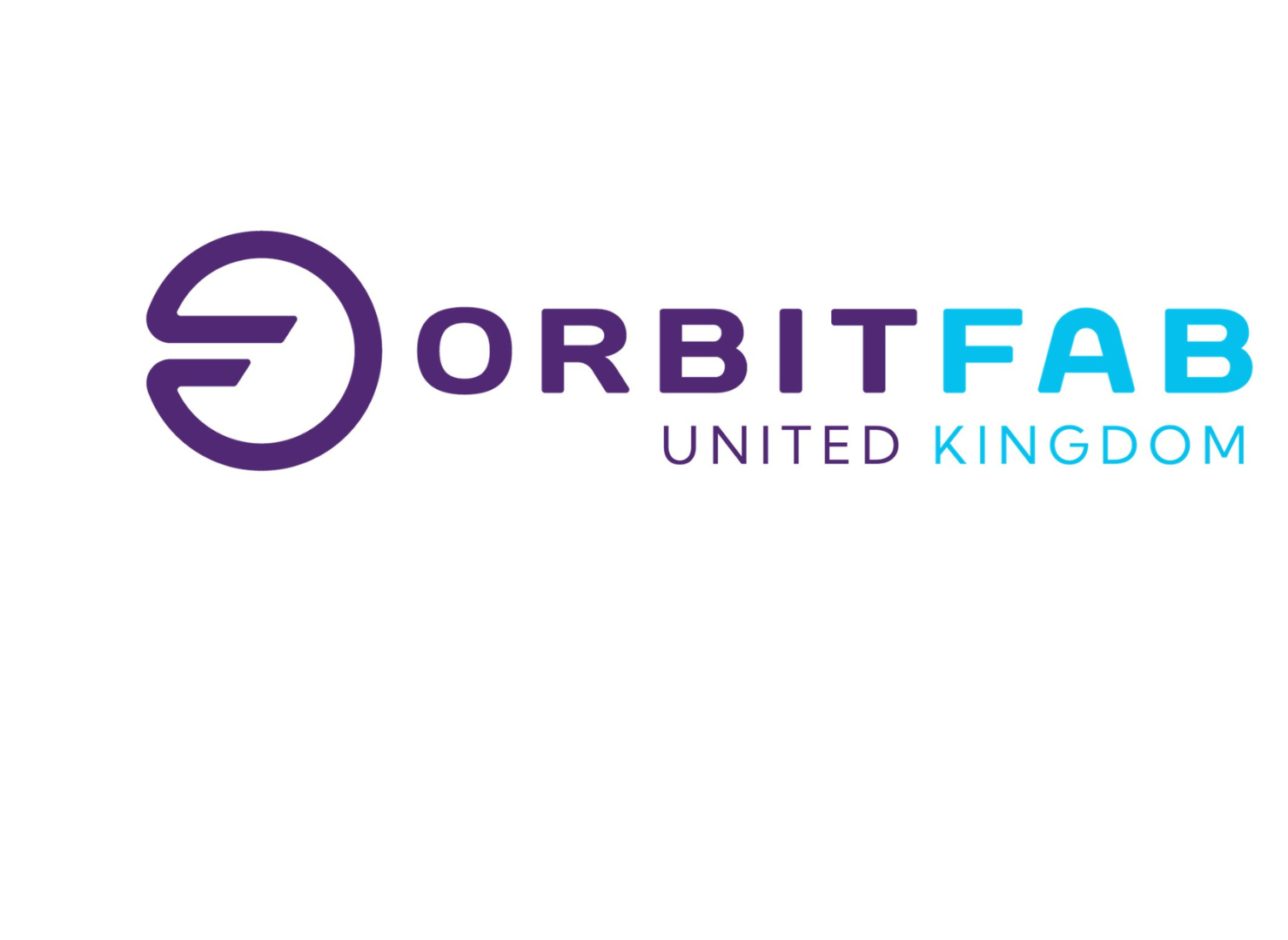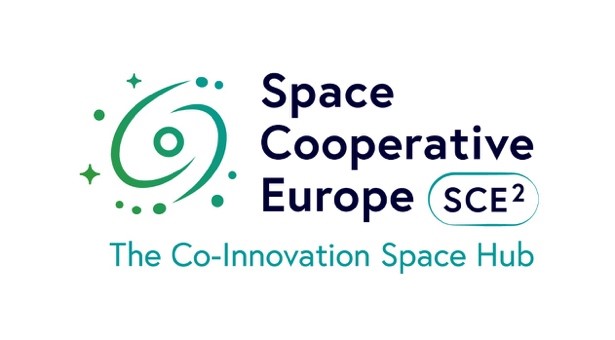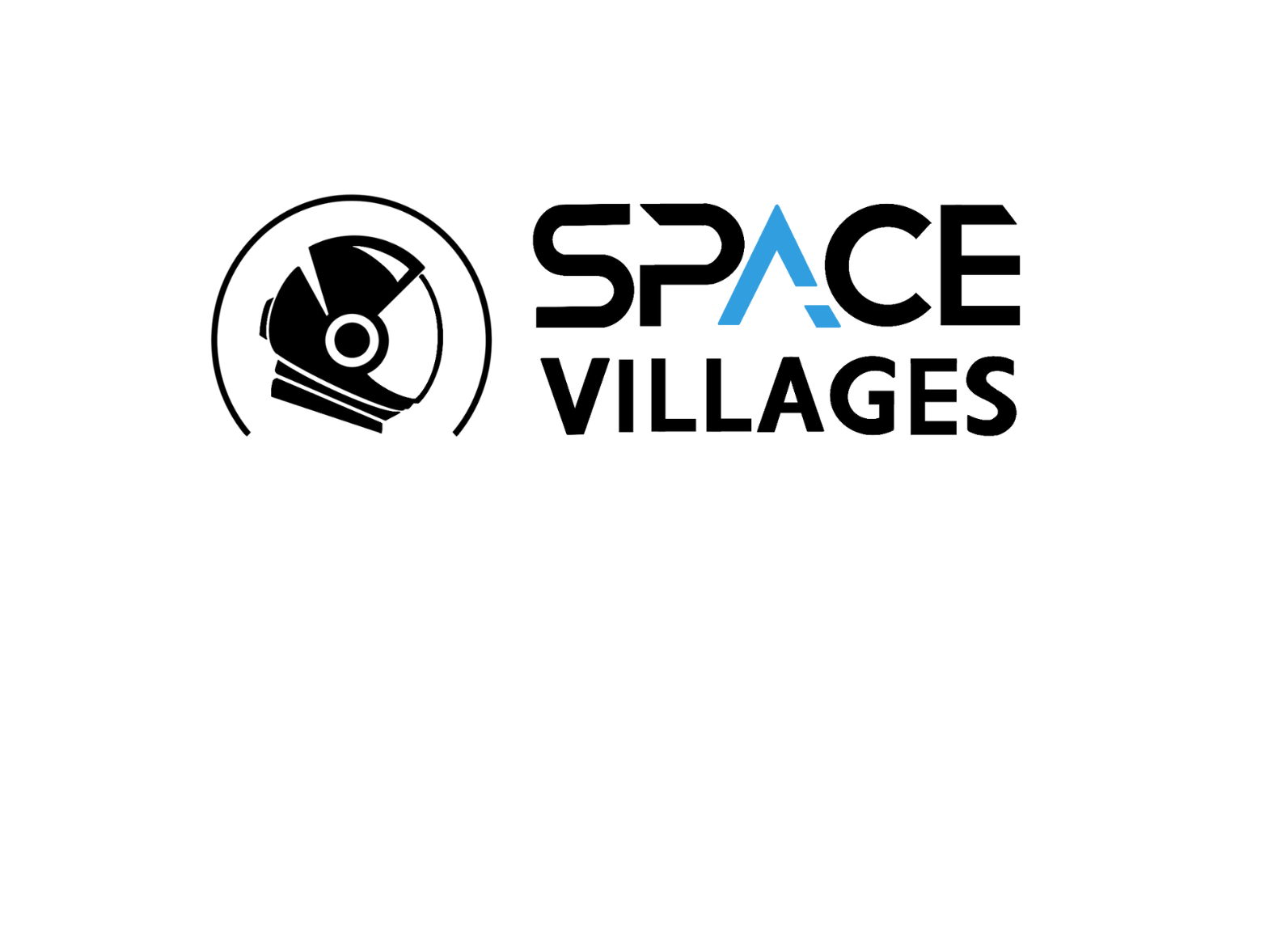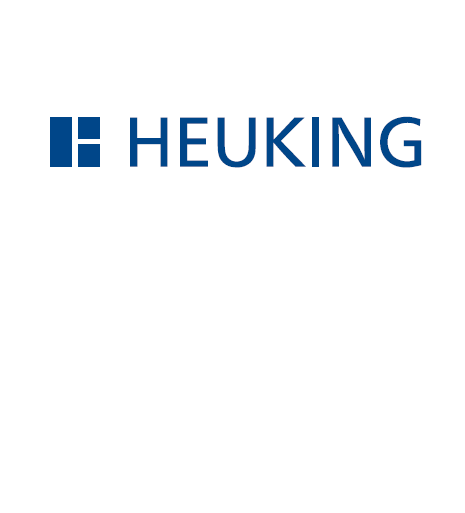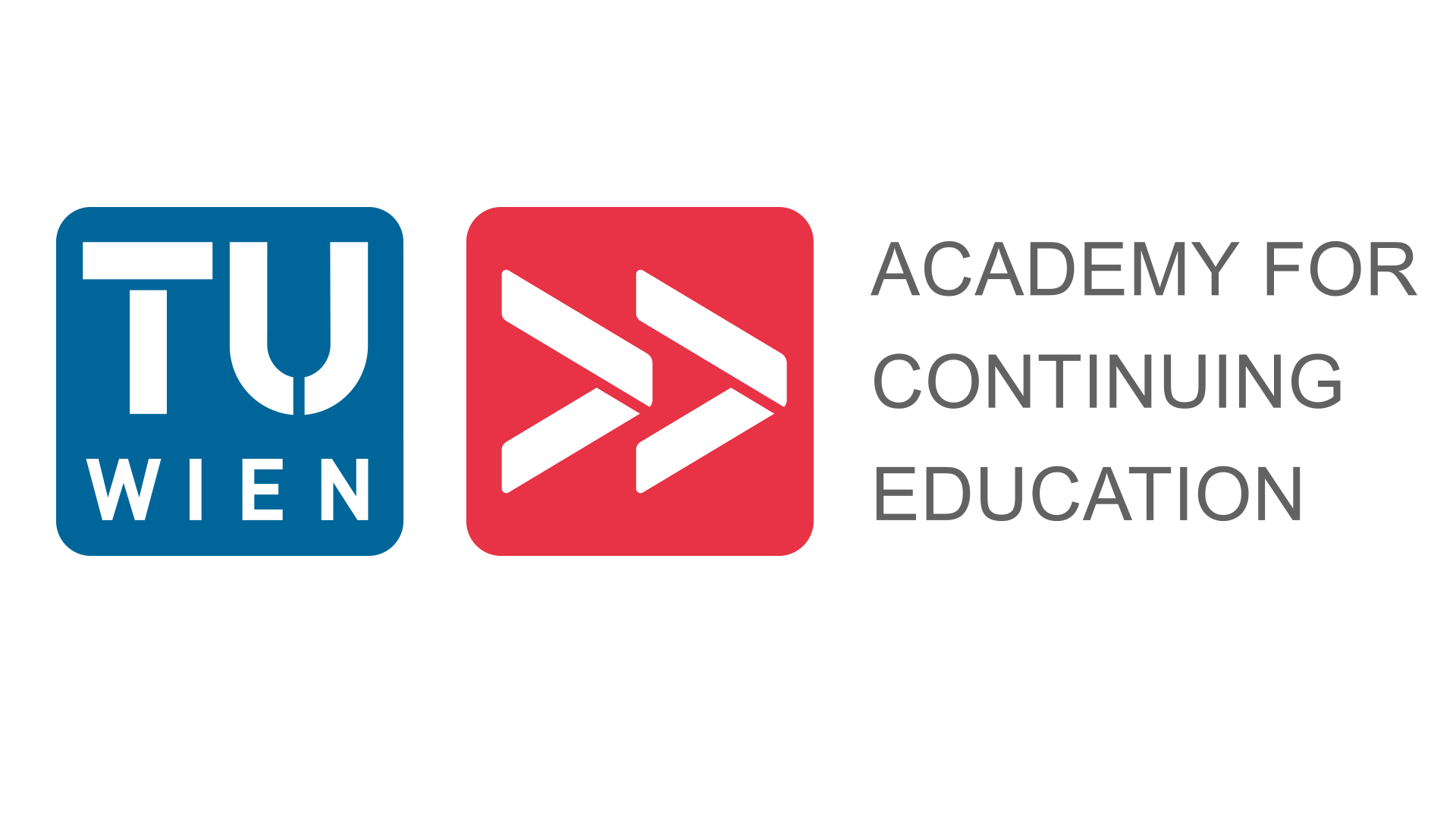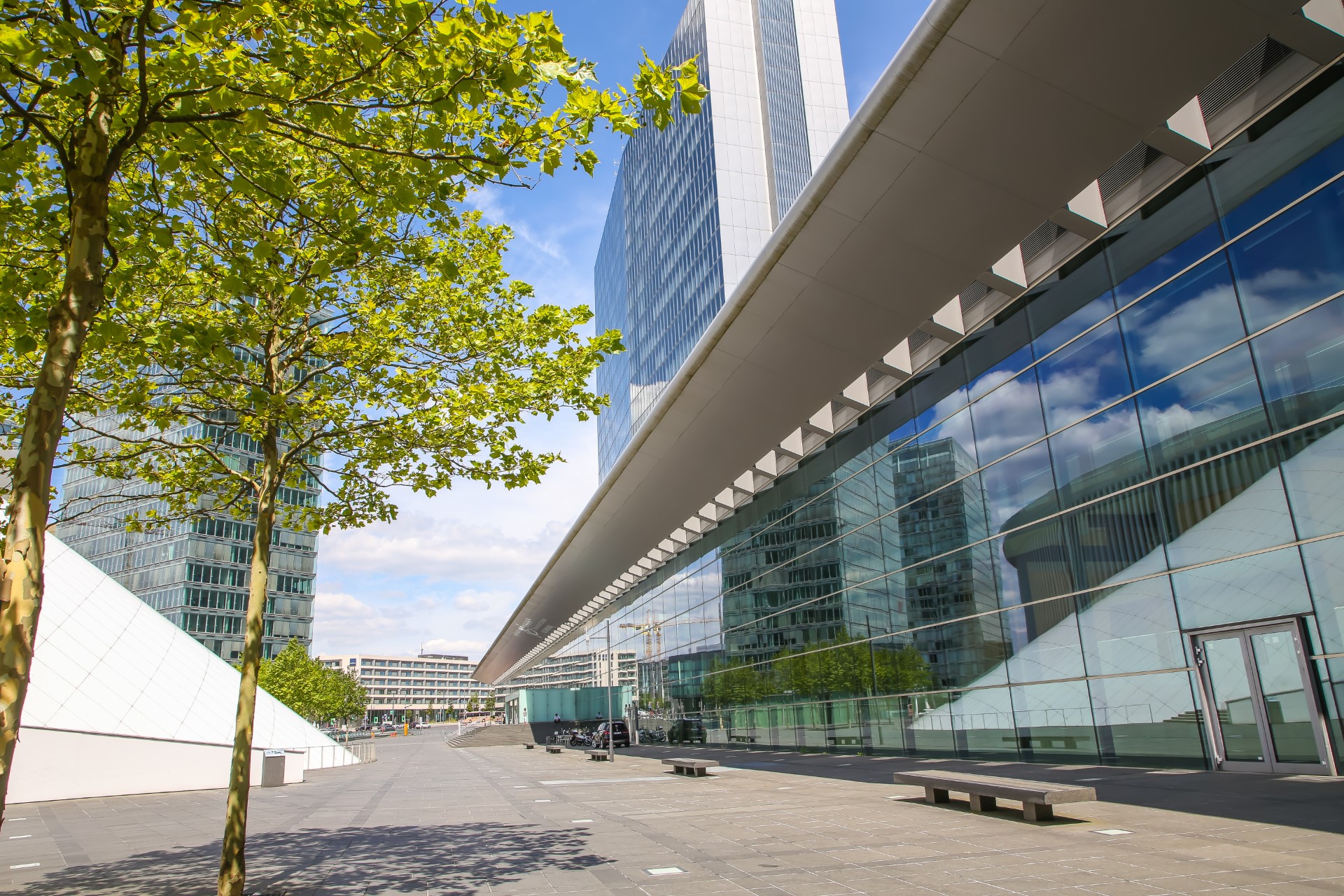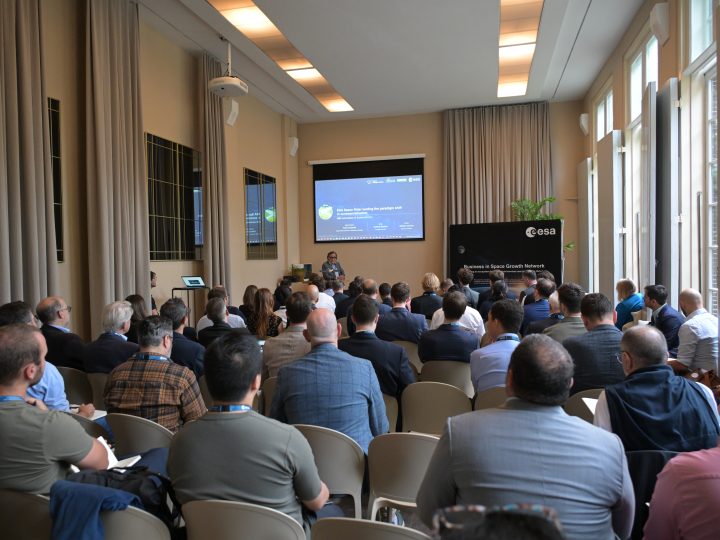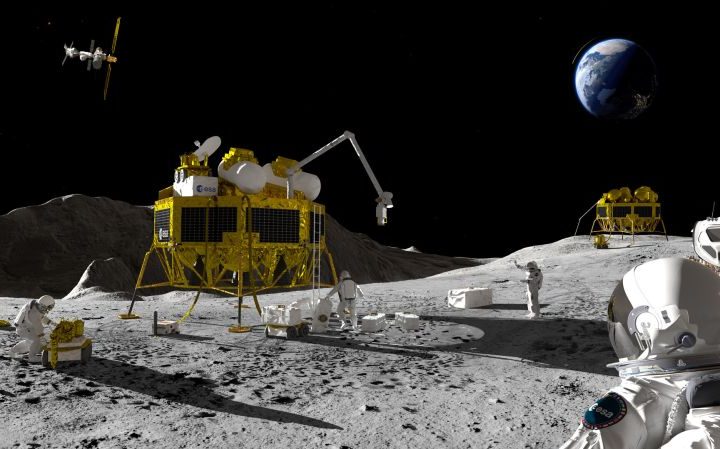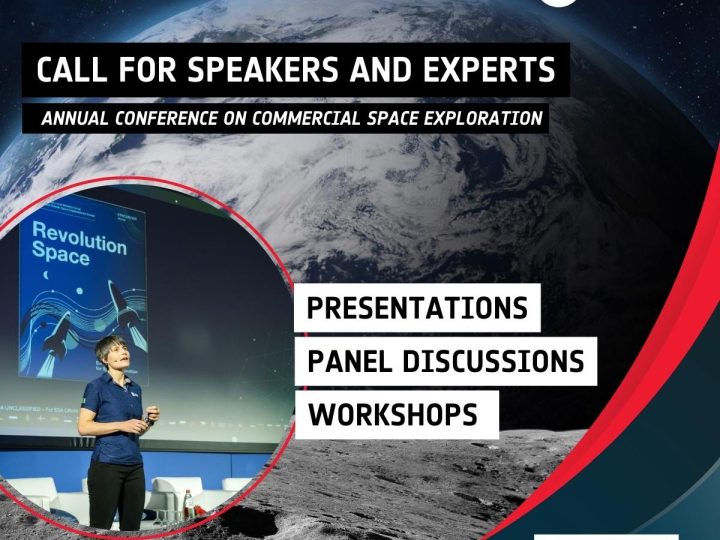ESA seeks Proposals to develop LEO Cargo Return Service
ESA is working on developing autonomous transportation capabilities to deliver cargo to Low-Earth-Orbit. This enables also the later evolution into a LEO and possibly cislunar crew vehicle. The demonstration mission is expected for 2028.
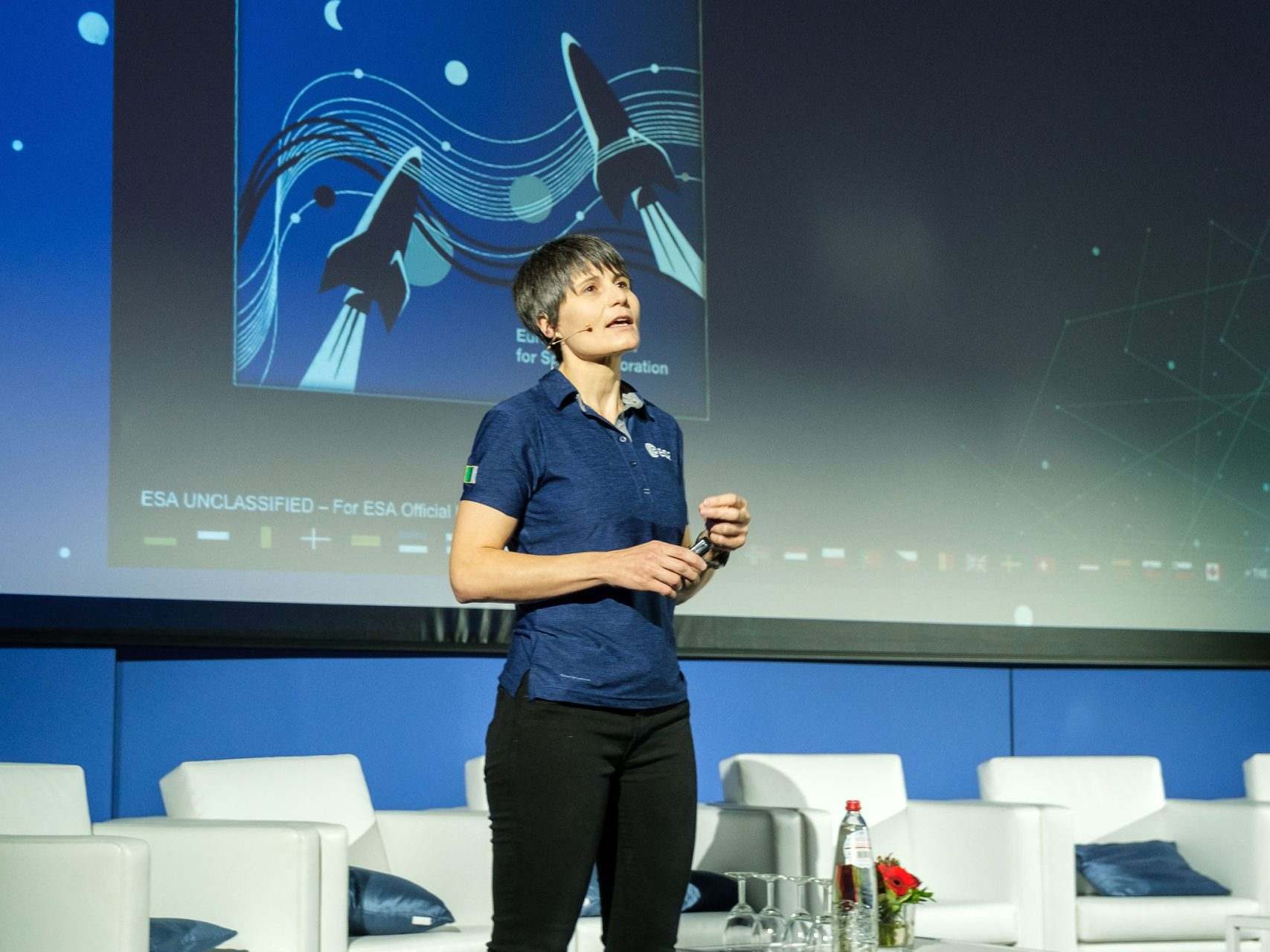
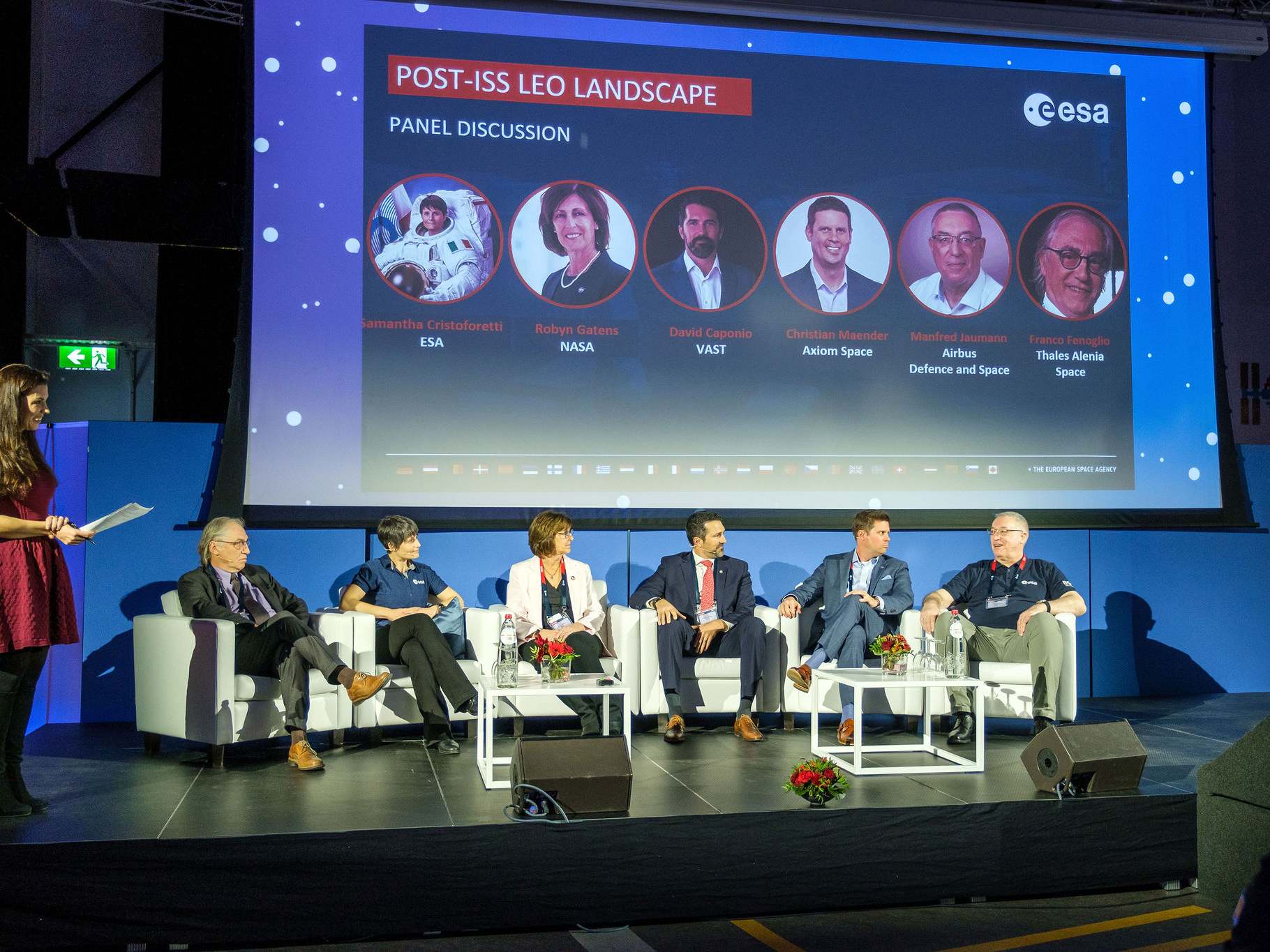
Dynamic Post-ISS Landscape with Many Players
Industry plays a critical role in developing post-ISS capabilities. Cross-atlantic partnerships are key to saving costs and leveraging capabilities. The transition of operational capabilities to private industry will take time. Space tourism is expected to remain a niche market for future CLDs. Most discussed: the tradeoff between human- and robotic platforms for various use cases, and their limitations, with no clear winner.
Free Flyer Platforms striving to be cheaper and more accessible than CLDs
Free Flyers compete with CLDs for higher frequency of flights and faster return of payloads to Earth. Robotic platforms enable access to microgravity pushing new use cases such as in-space manufacturing which could otherwise be harmful to humans. Most discussed: The need to do more market segmentation to understand whether there is enough demand for all the Free Flyers and CLDs that are currently under development. In addition there is a criticality to overcome power limitations and maximum payload size.
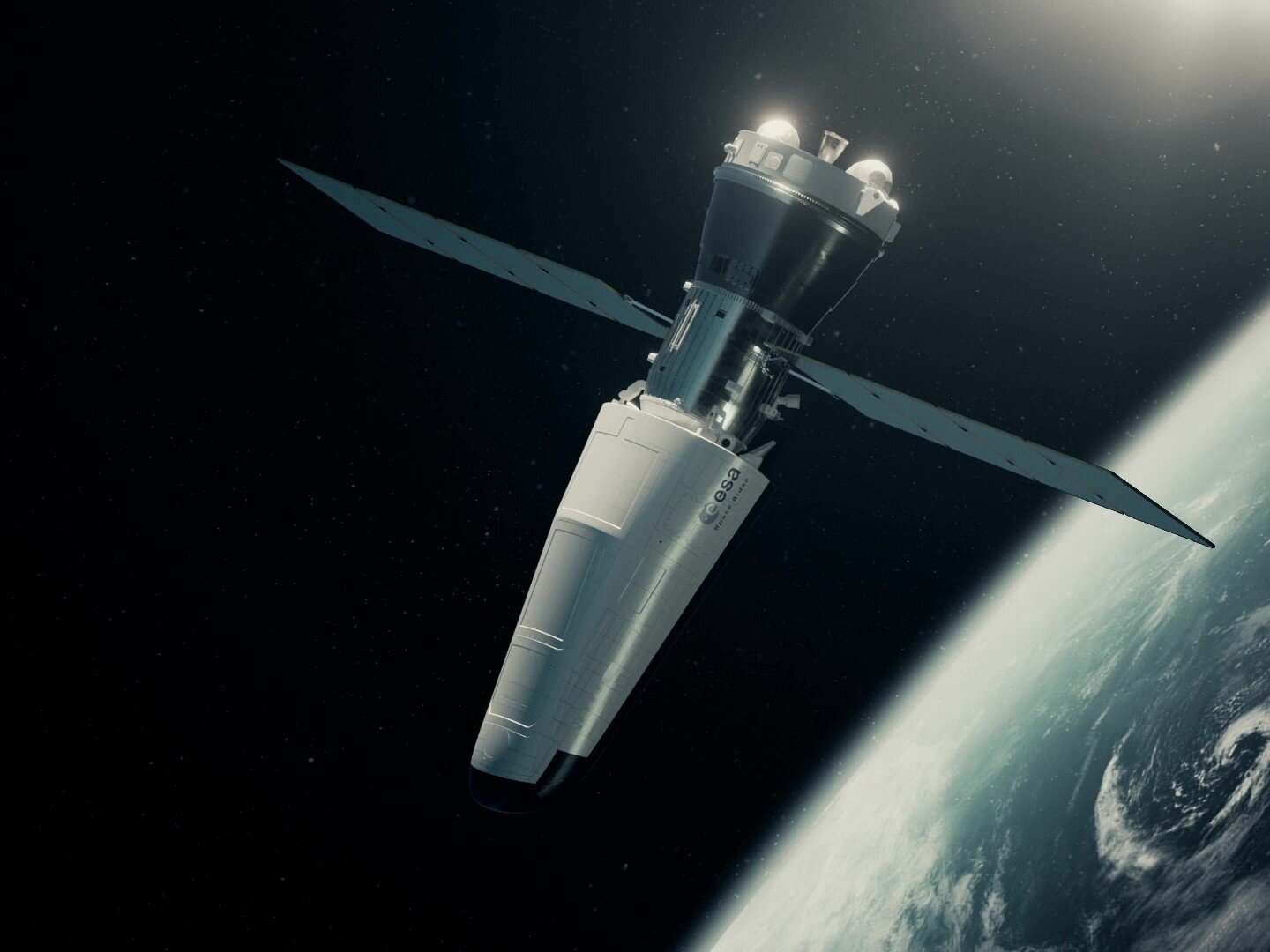
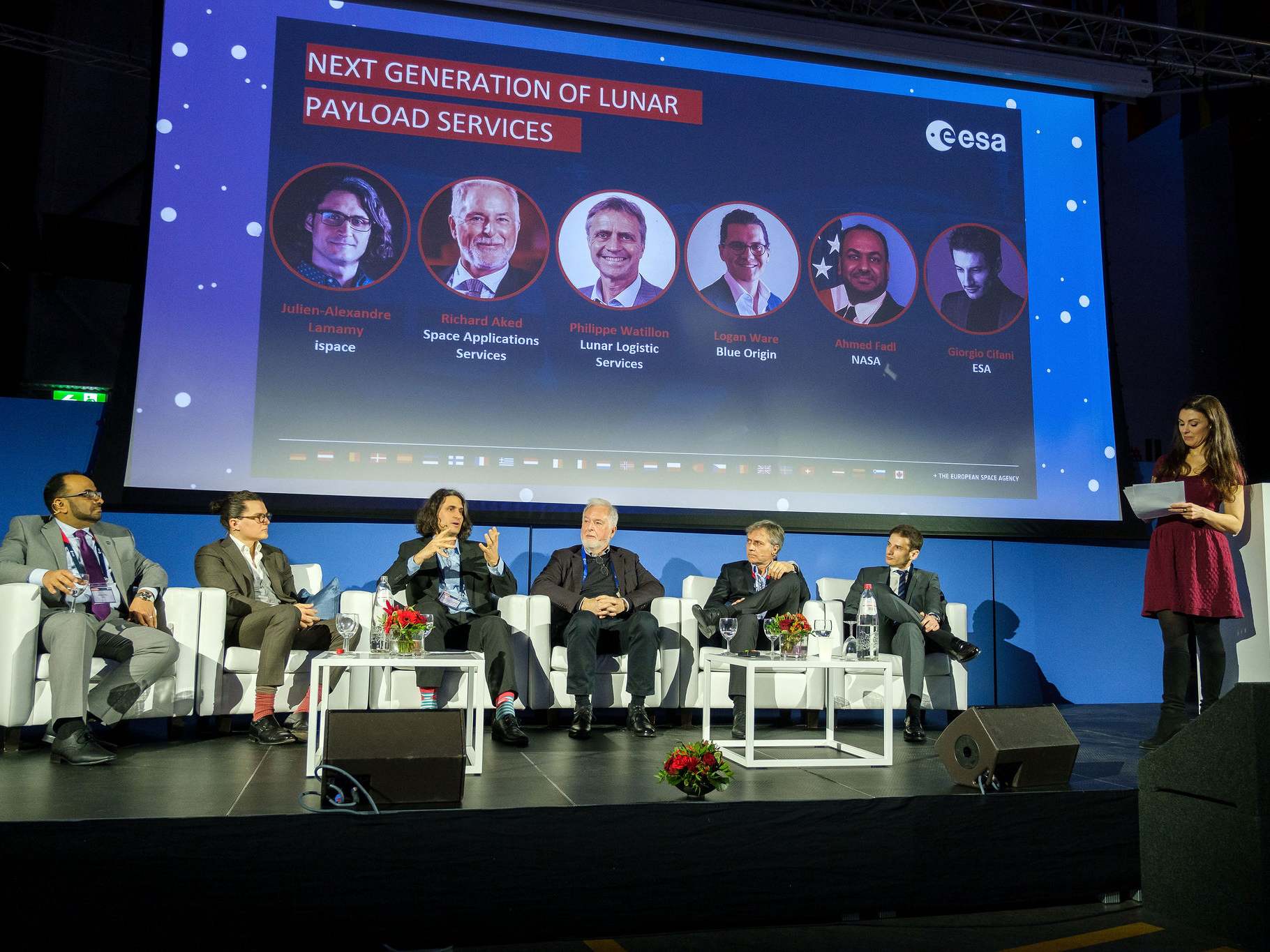
Lunar Economy is on the Rise
The transition from institutional driven Lunar exploration to commercially driven exploration is actually becoming reality. More commercial missions aimed to land at the Moon than ever, crafted by an increasingly diverse set of actors and paving the way for more precise and successful landings as well as future infrastructure developments. Recent advancements in ISRU are giving an additional push to lunar exploration, opening up new use cases and opportunities for private industry to get involved. Most discussed: how to create efficiencies to make missions more affordable, and how to navigate emerging regulatory and legal questions.
Moonlight as Enabler
Communication and navigation relays are critical enablers for Lunar missions and will help reduce complexity, cost and risks to future systems. The development of interoperability standards for the future of Lunar communications and navigation helps to create new business opportunities with space agencies as anchor customers. Most discussed: the role of agencies and the private industry in financing future missions under shared ownership.
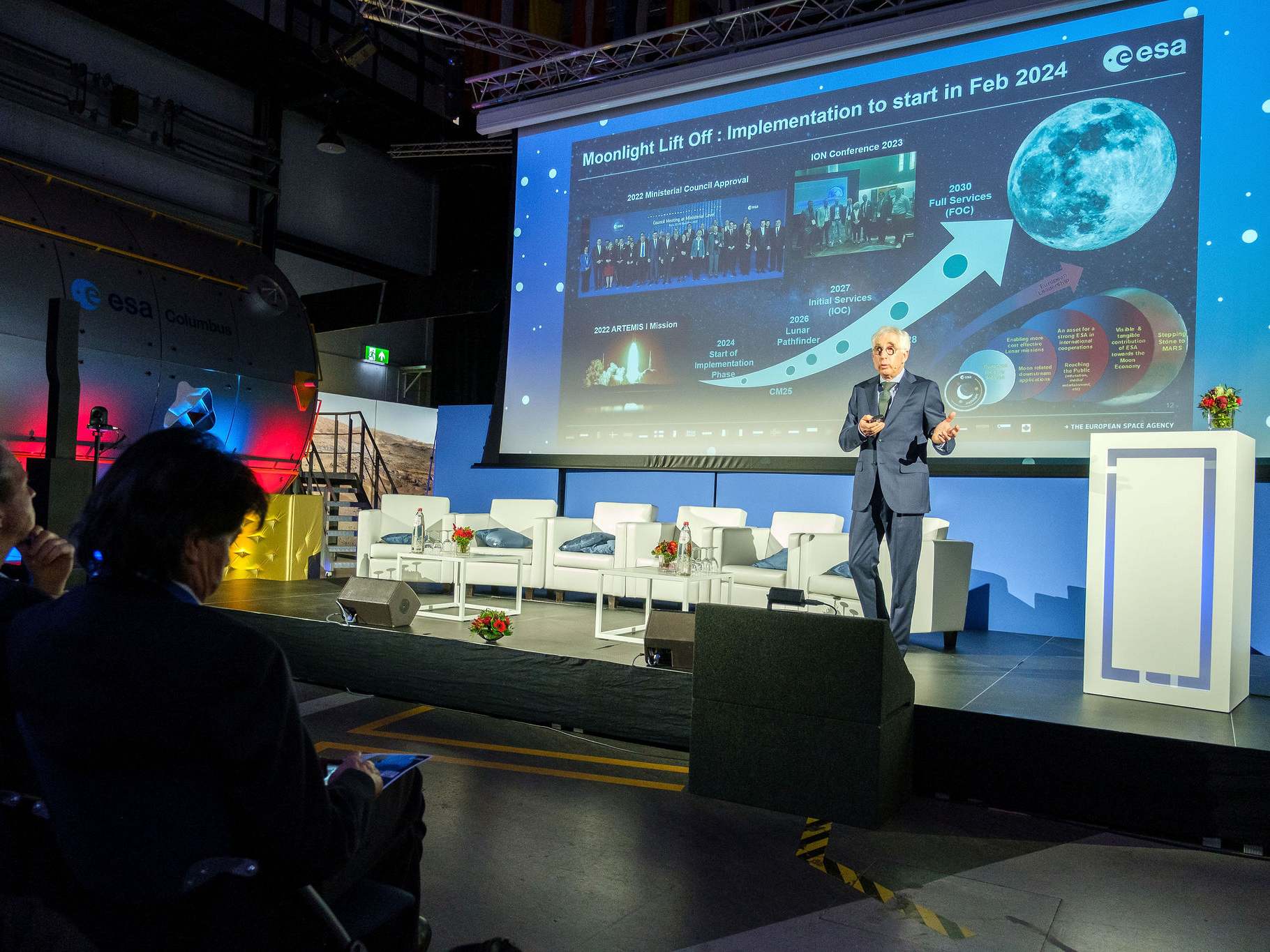
Space Resources is Gaining Ground
Space Resources is a core enabling market for future exploration missions. Innovative technologies are being developed to prospect, extract, and use lunar resources. Most discussed: The hazard of lunar dust plumes and possible mitigation scenarios to ensure no adverse effects on infrastructure and operations.
Biomedical Applications Driving Demand and Regulatory Frameworks
Addressing regulations is key for enabling the space-based development of biomedical applications for the benefit people on Earth. Most discussed: What has to be there first? Regulations or use cases? Both require the other to be developed.
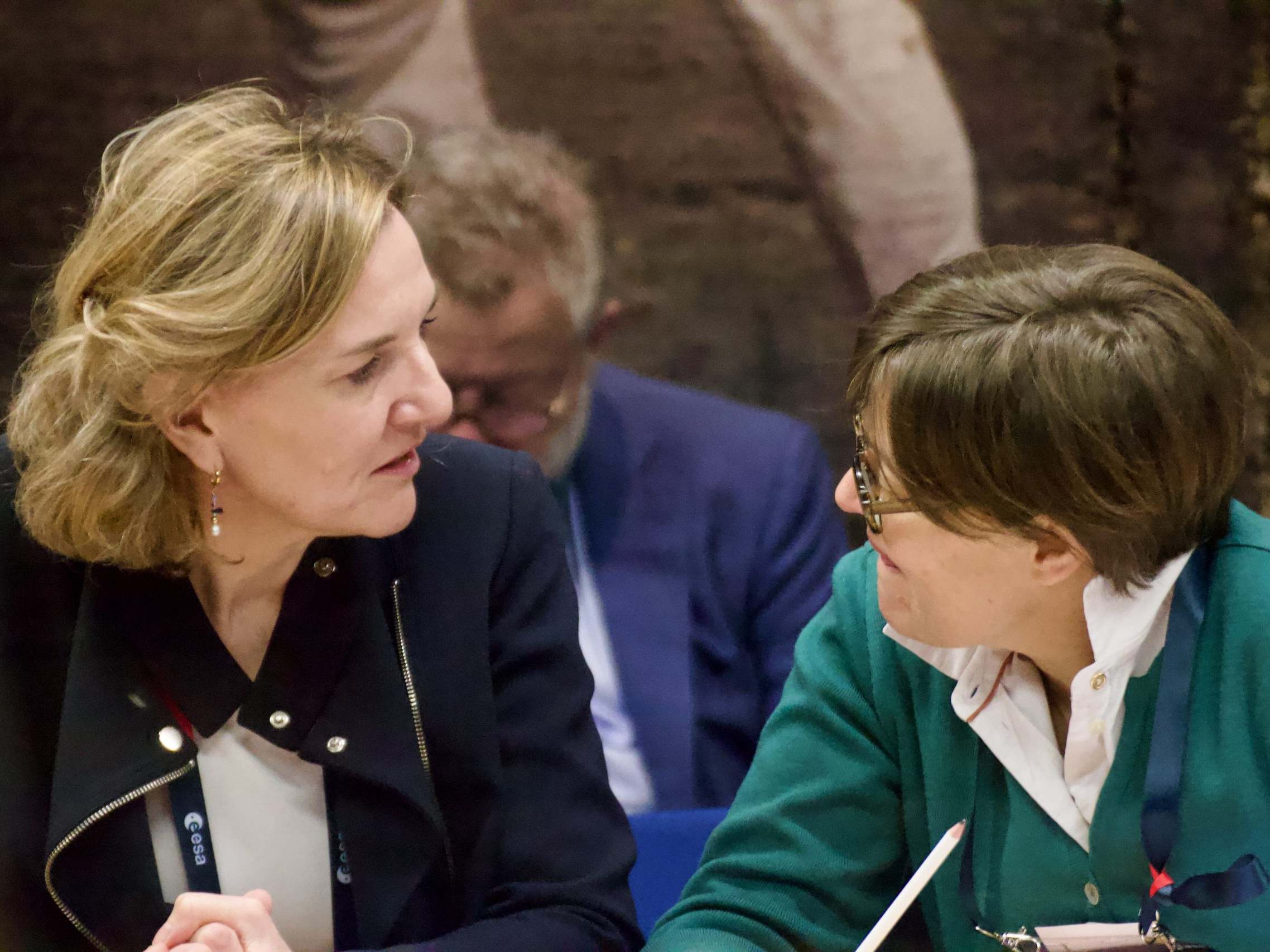
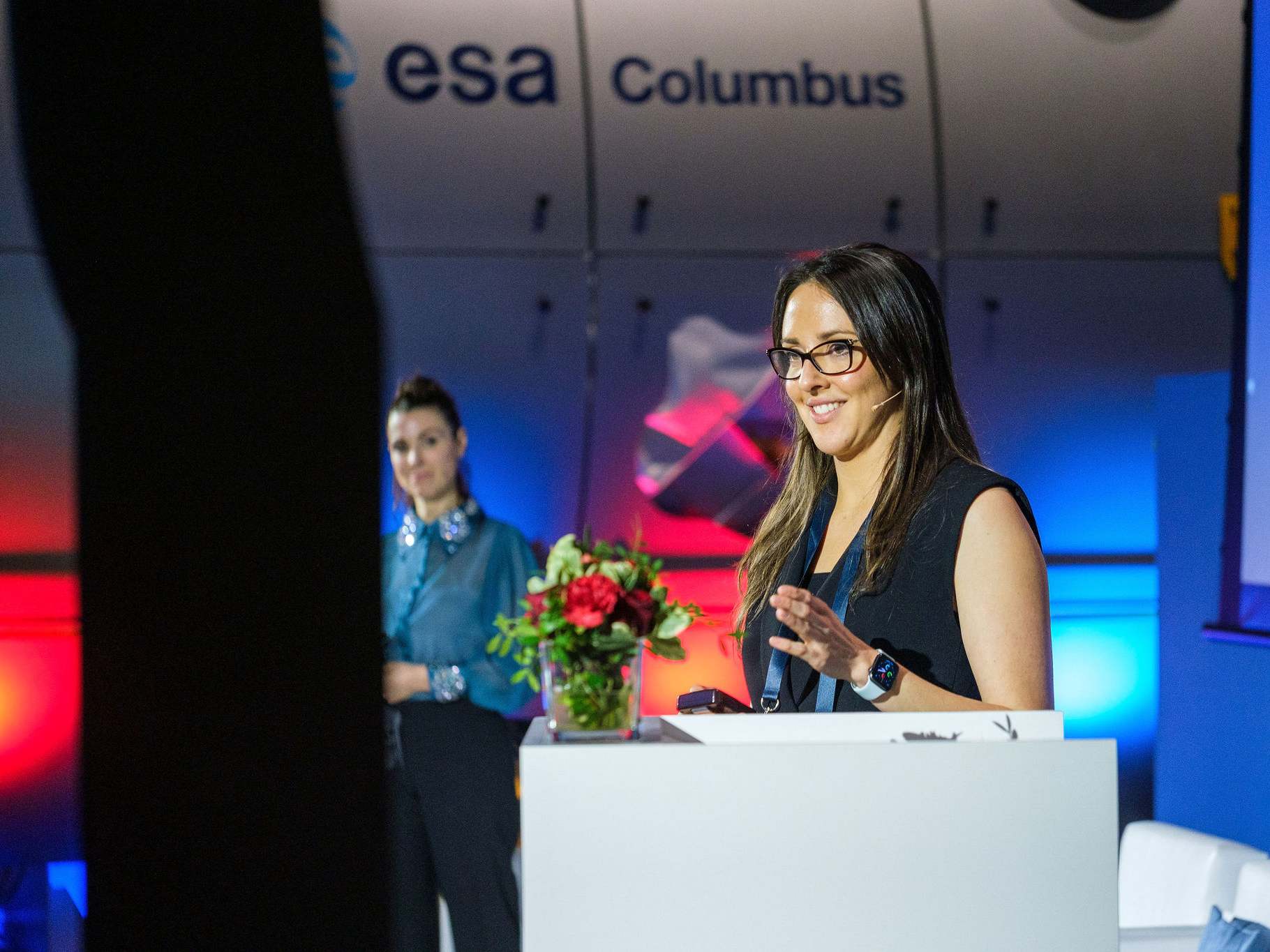
BSGN Accelerators Supporting Start-Ups and Market Development
Start-up pitches demonstrate growing number of promising use cases especially in bio-tech, agri-food and in-space manufacturing markets, offering solutions to obstacles that are present in terrestrial manufacturing and product development processes. Investors develop more appetite to support such endeavors. Most discussed: cost for flight and dependency on service providers as well as other operators in the LEO Value Chain.
IMPRESSIONS
2
Days
285
Participants at ESA-ESTEC
80
Speakers and Pannelists on the Stage


